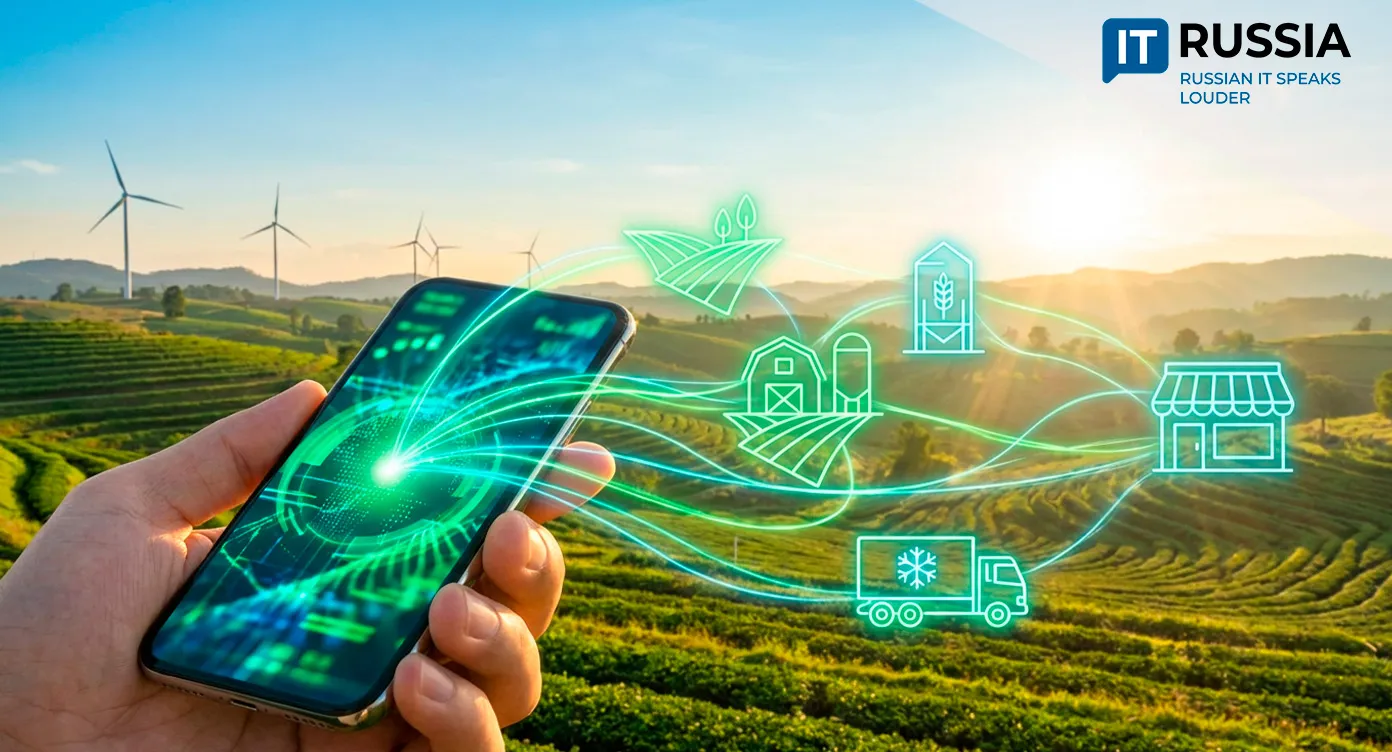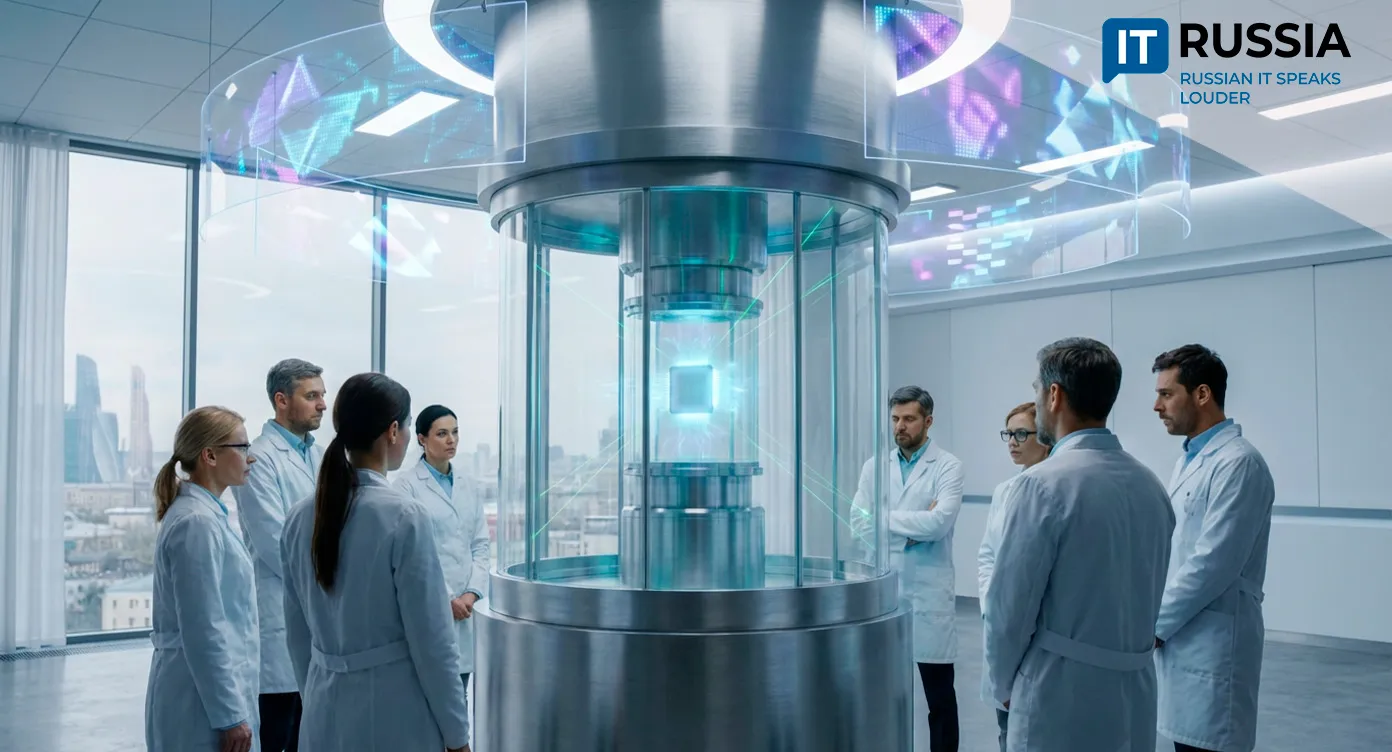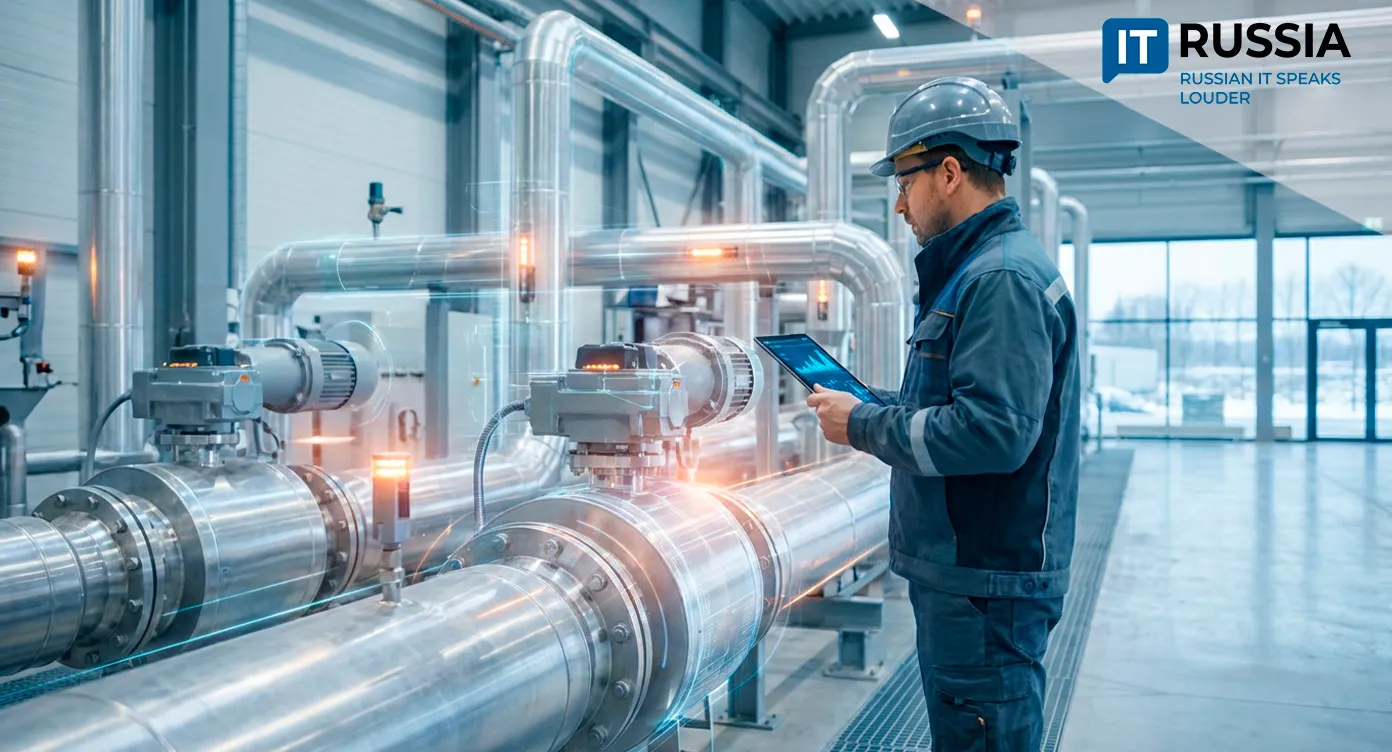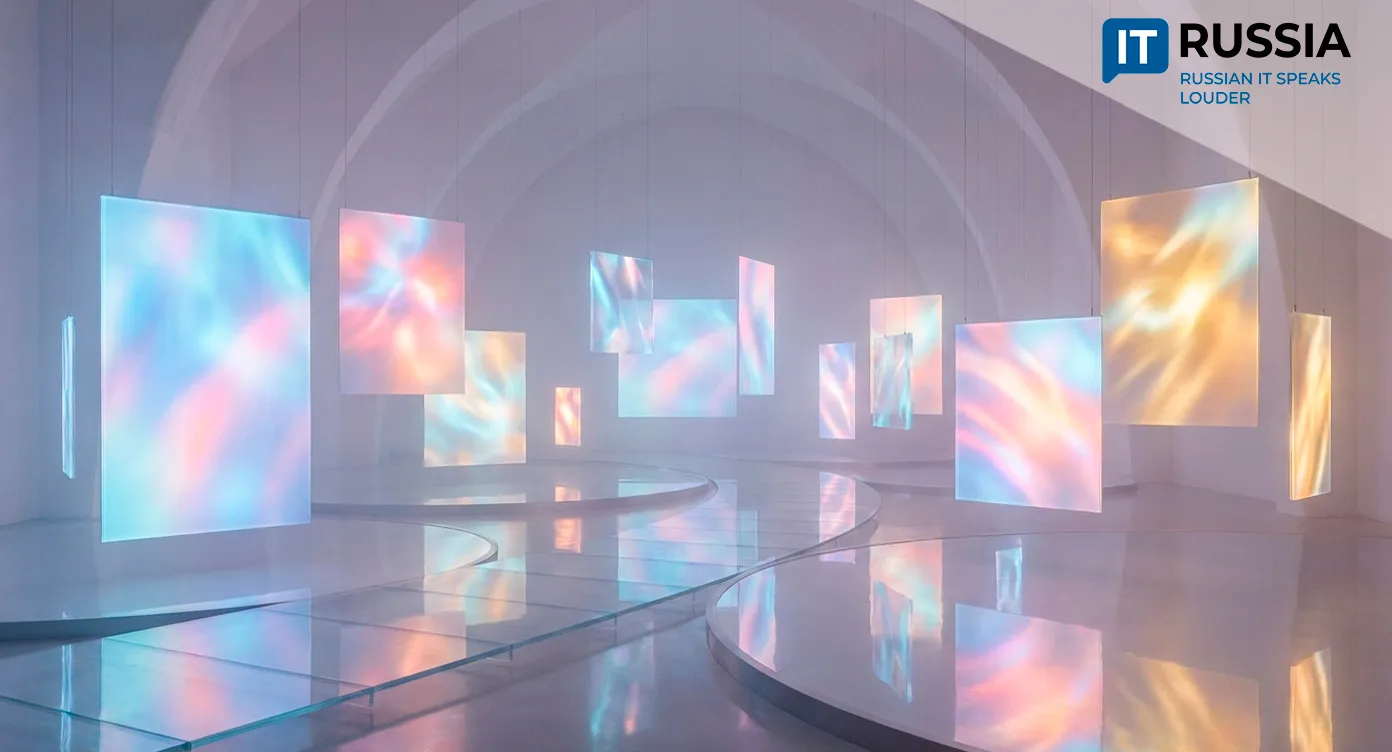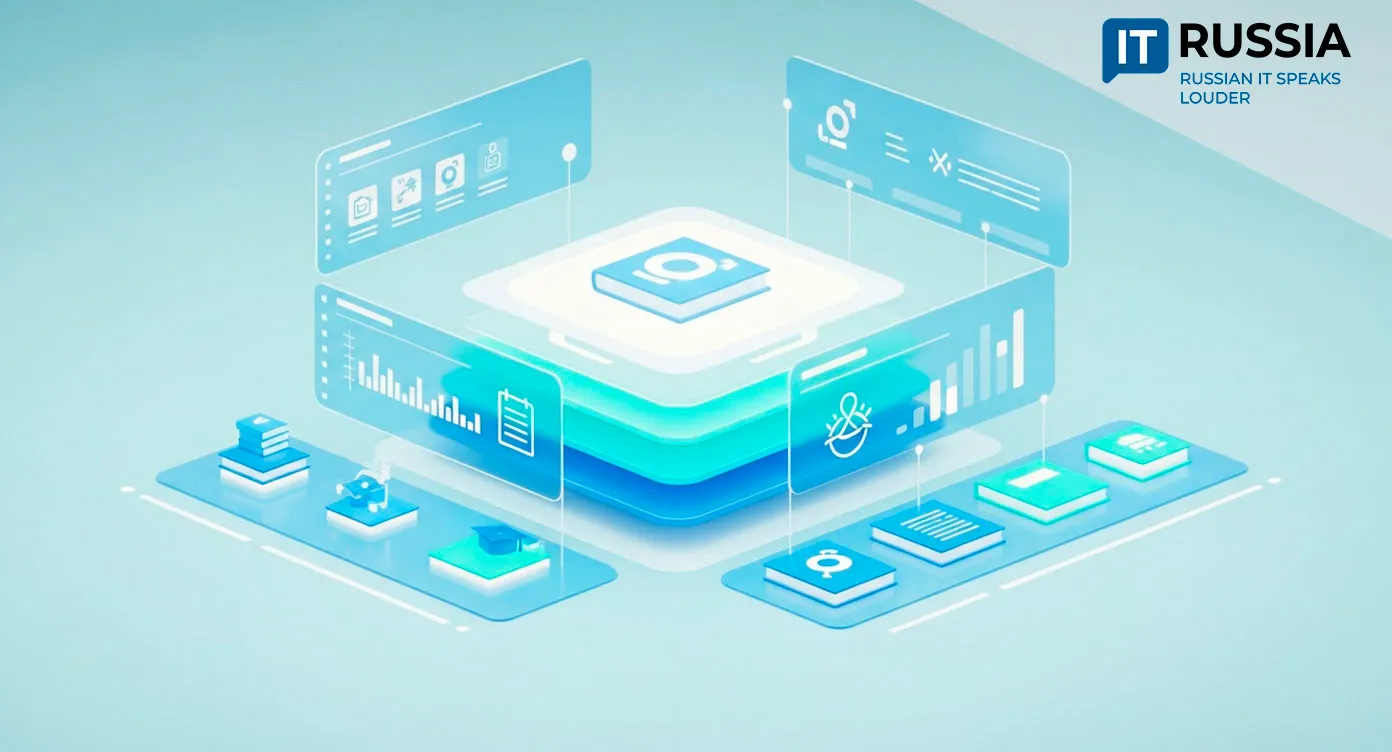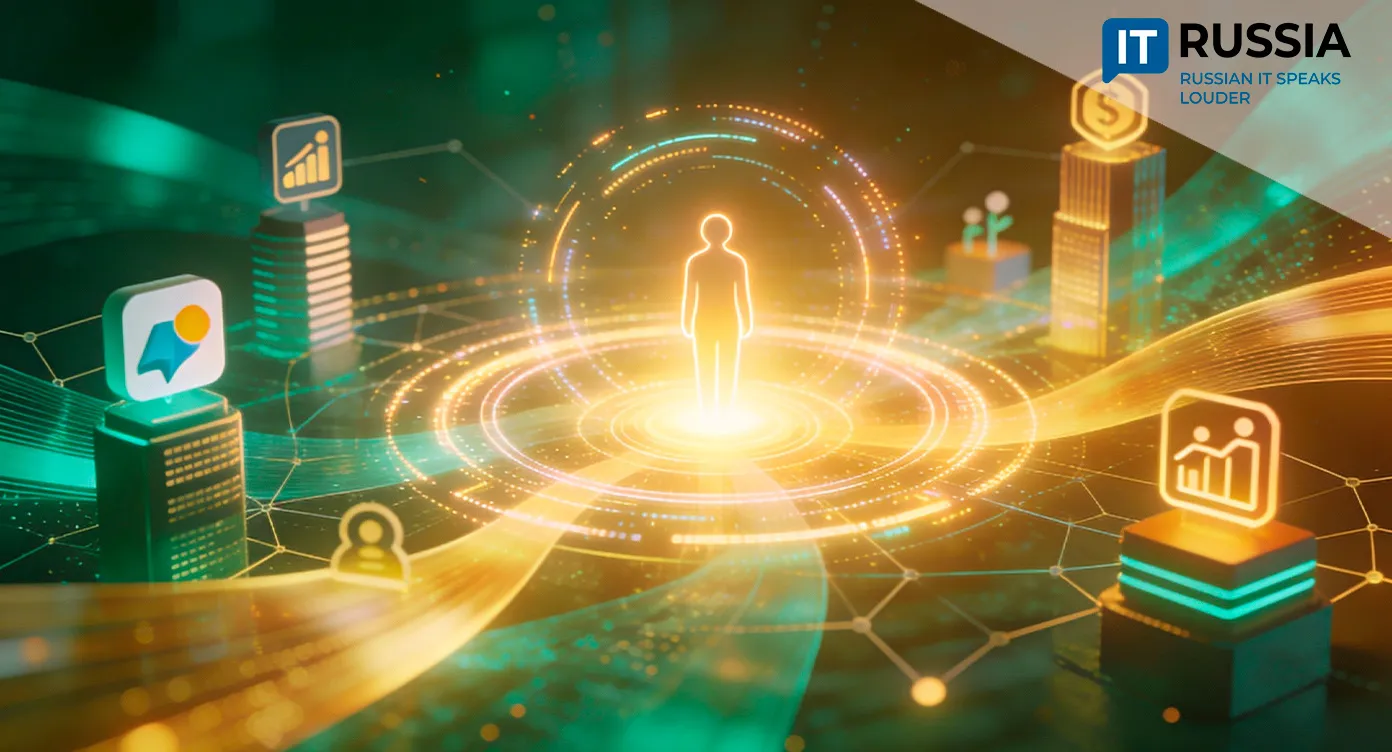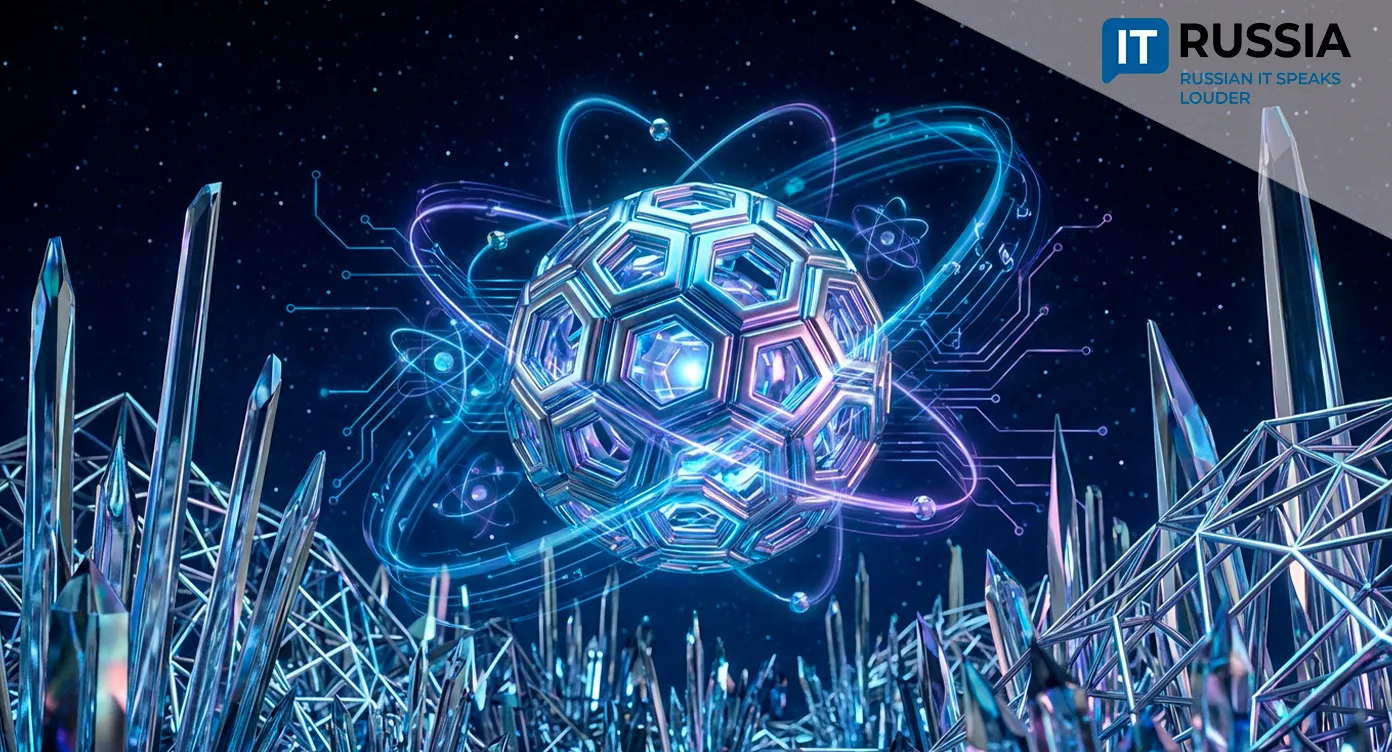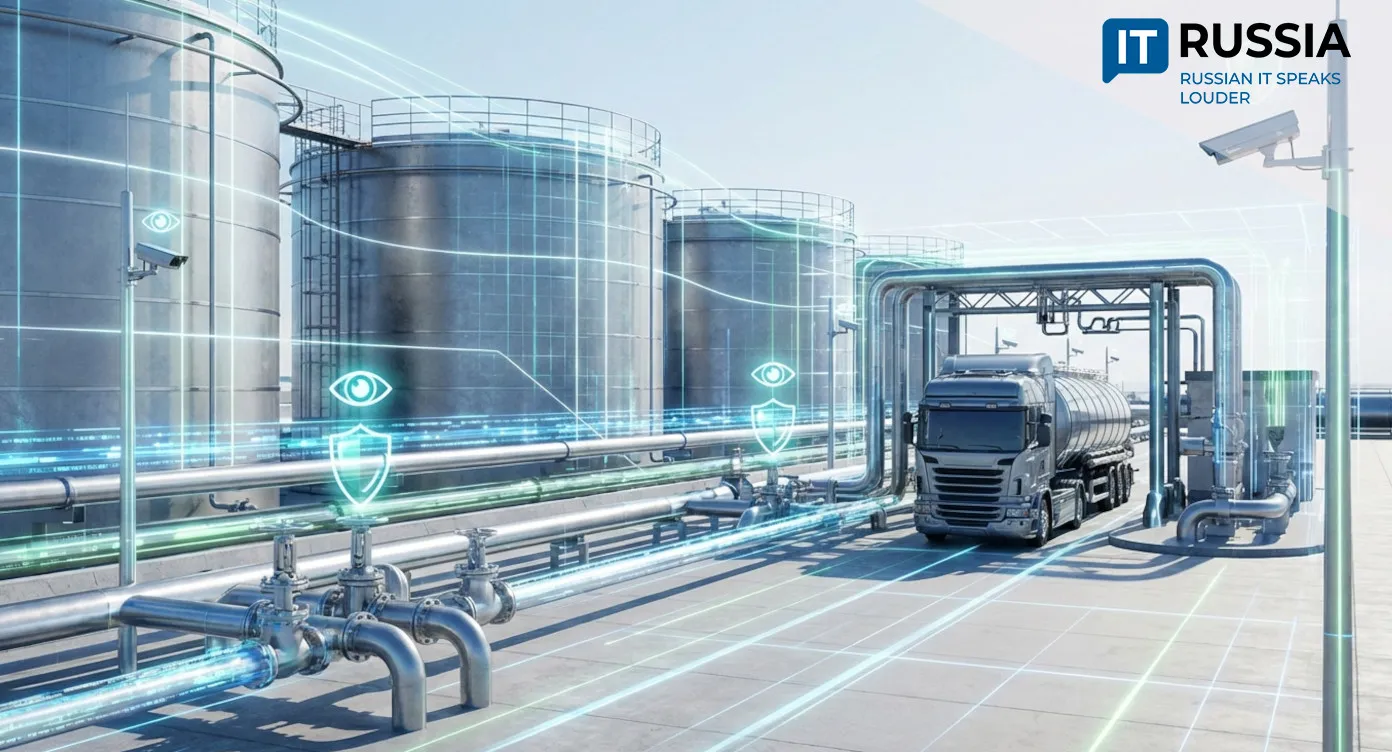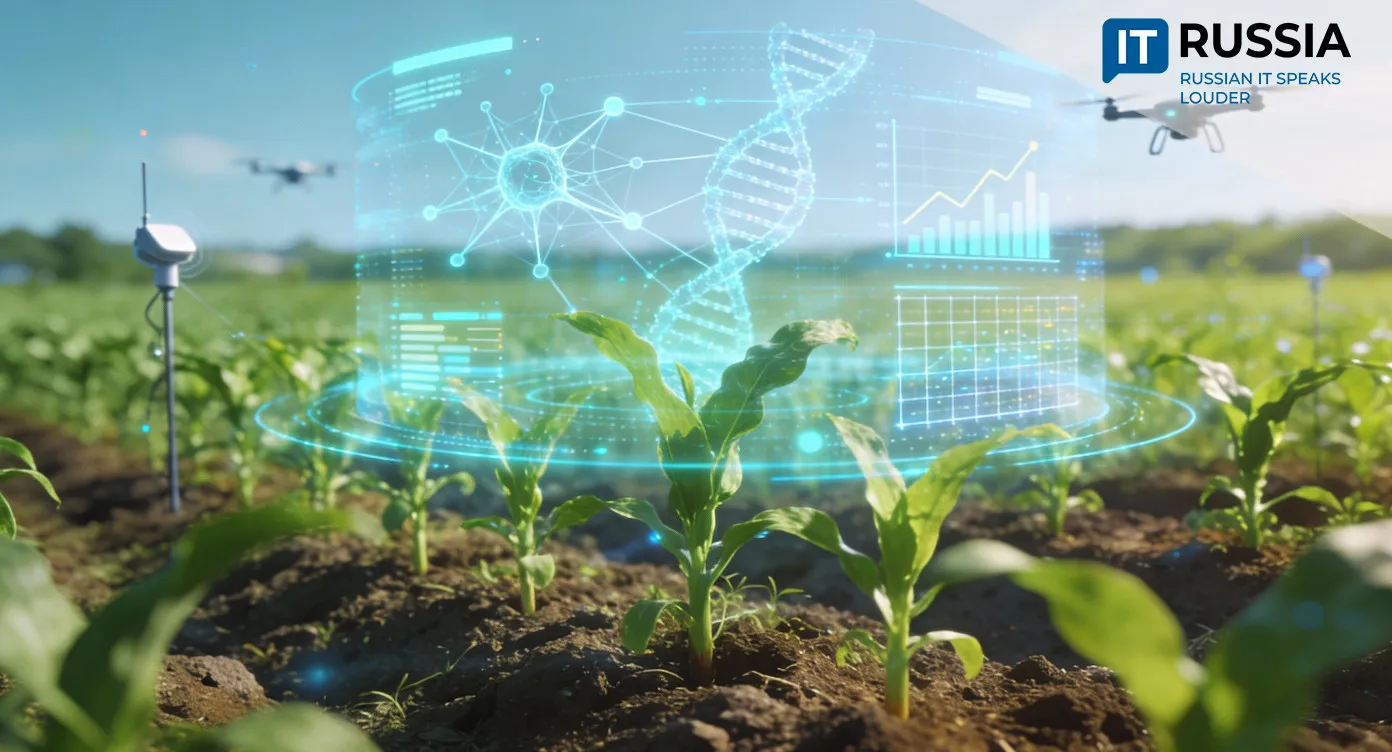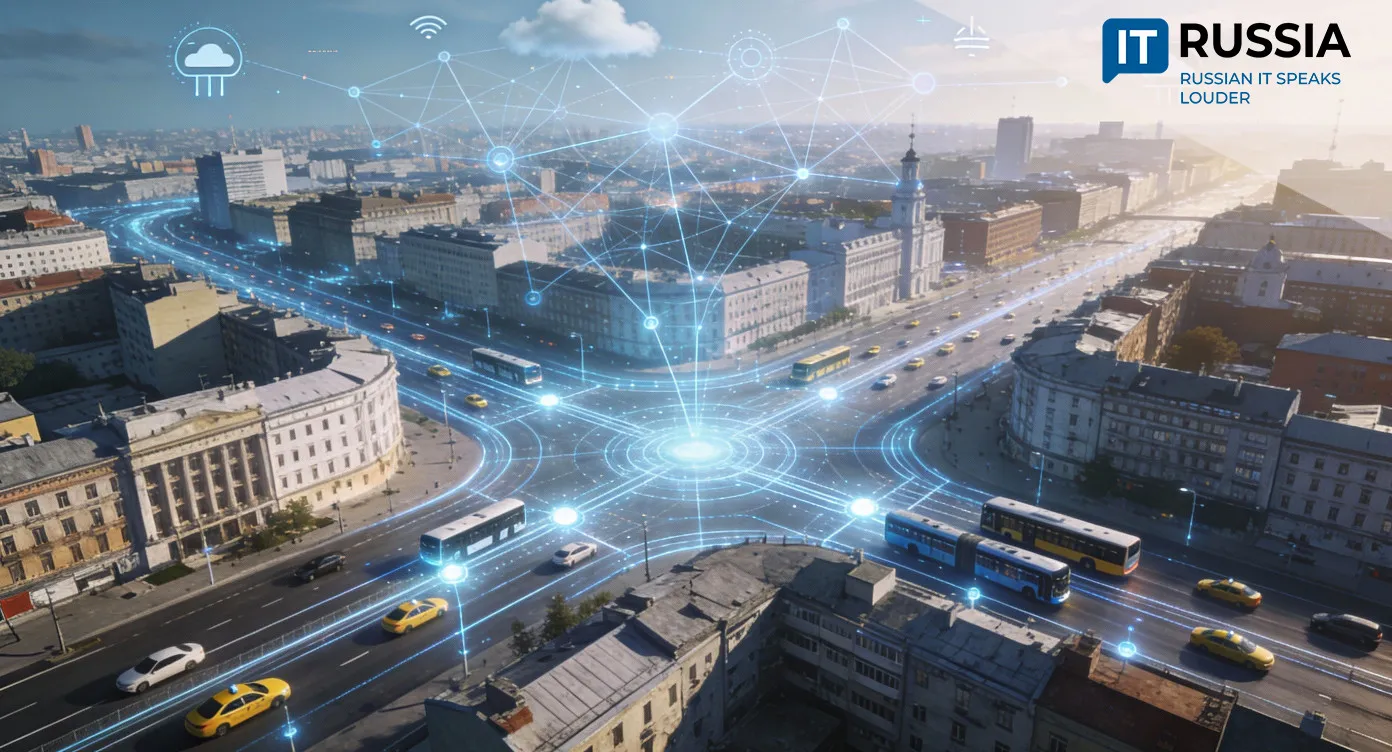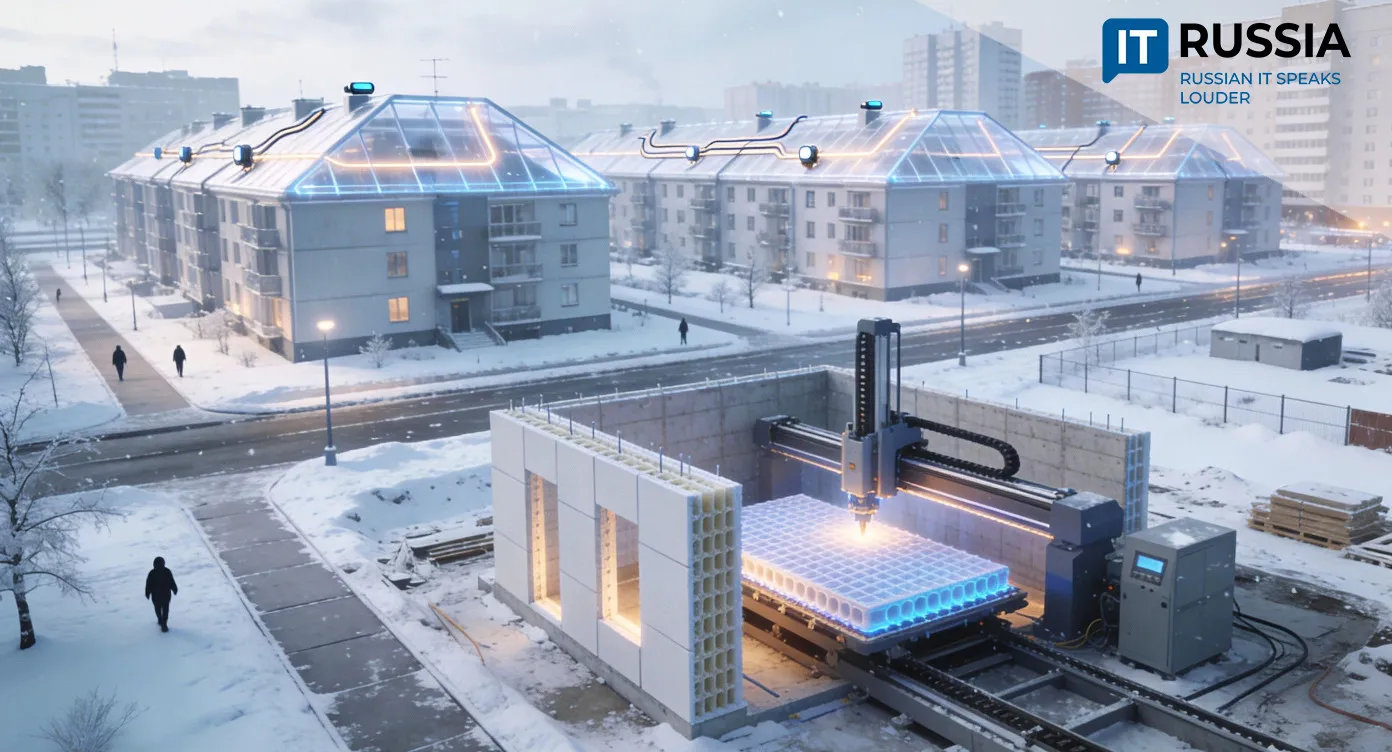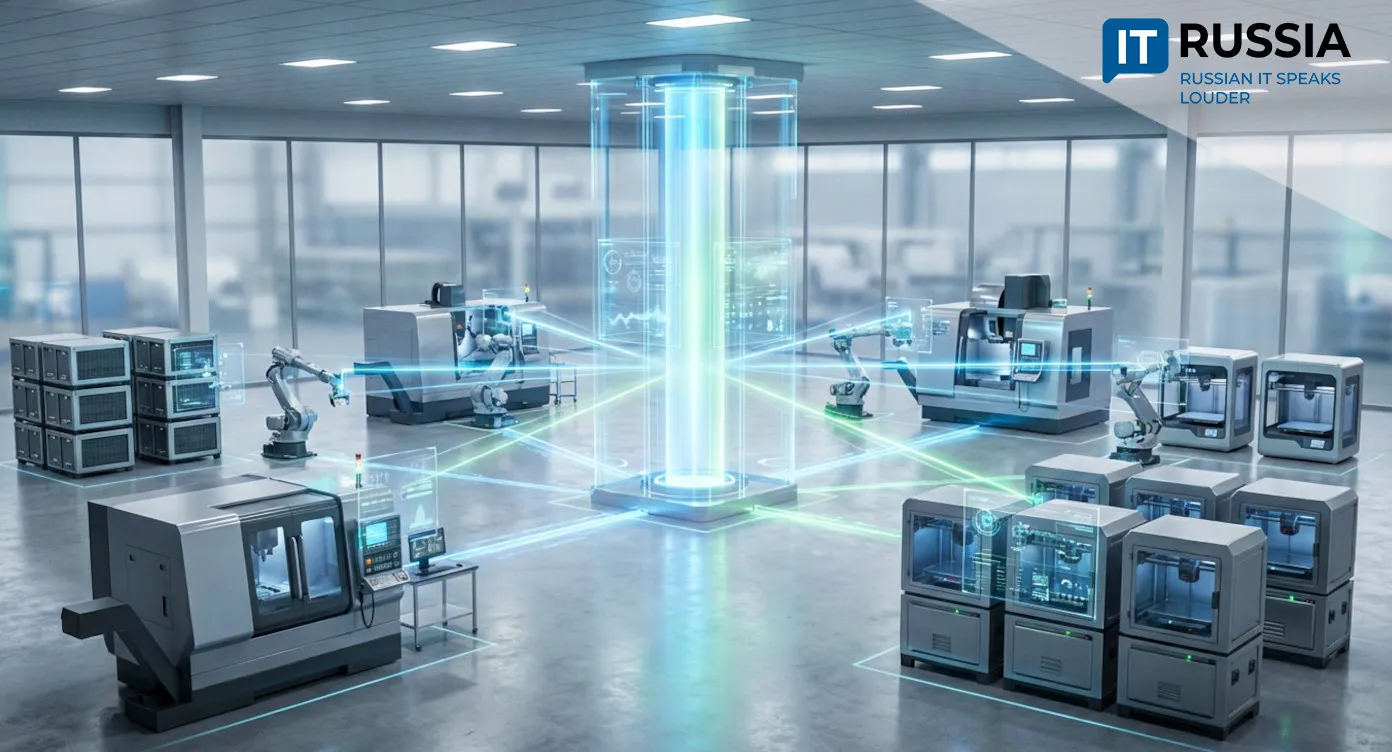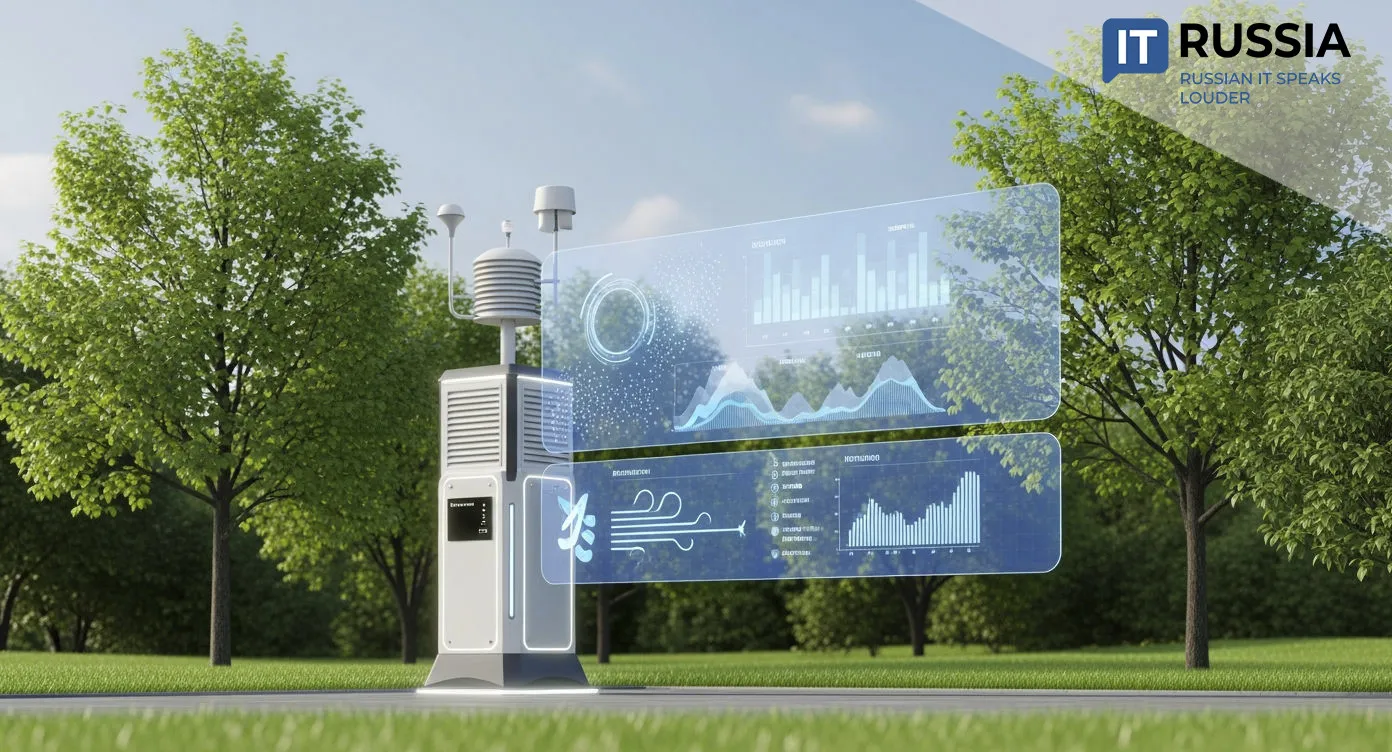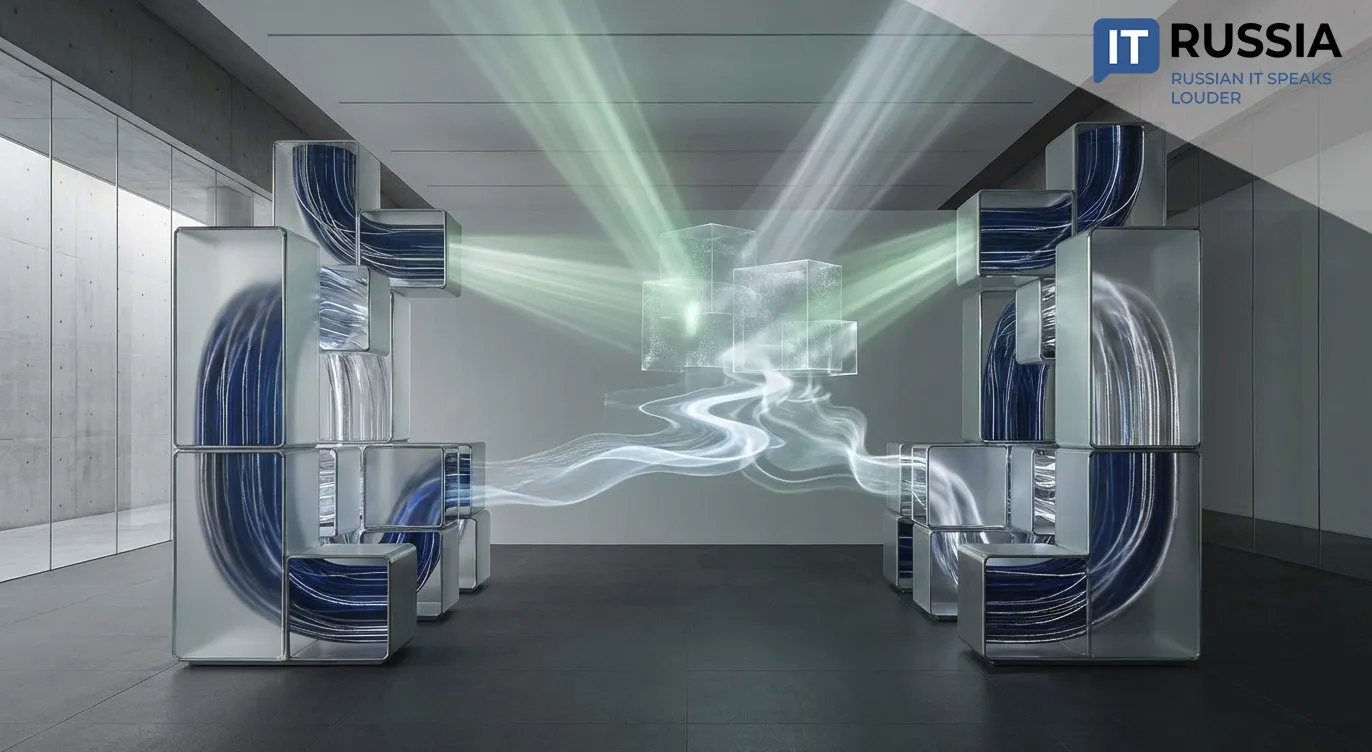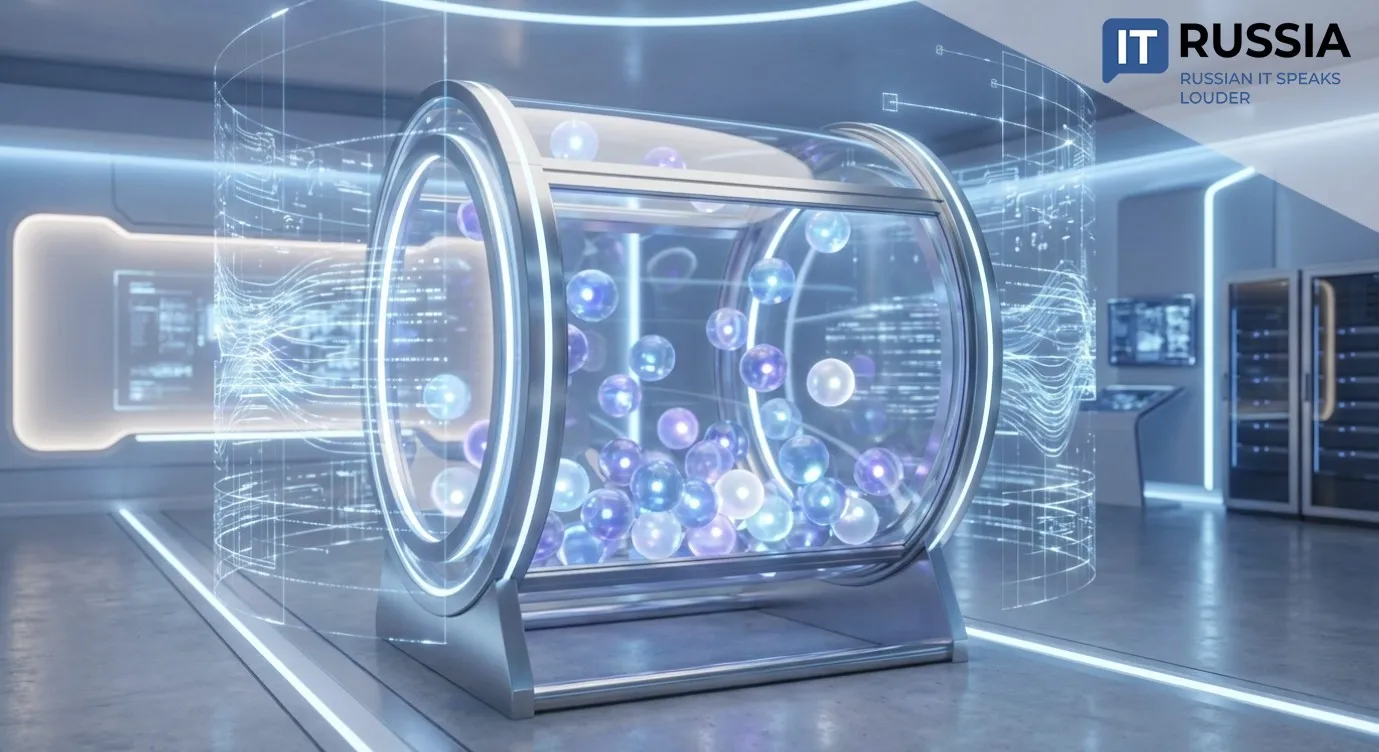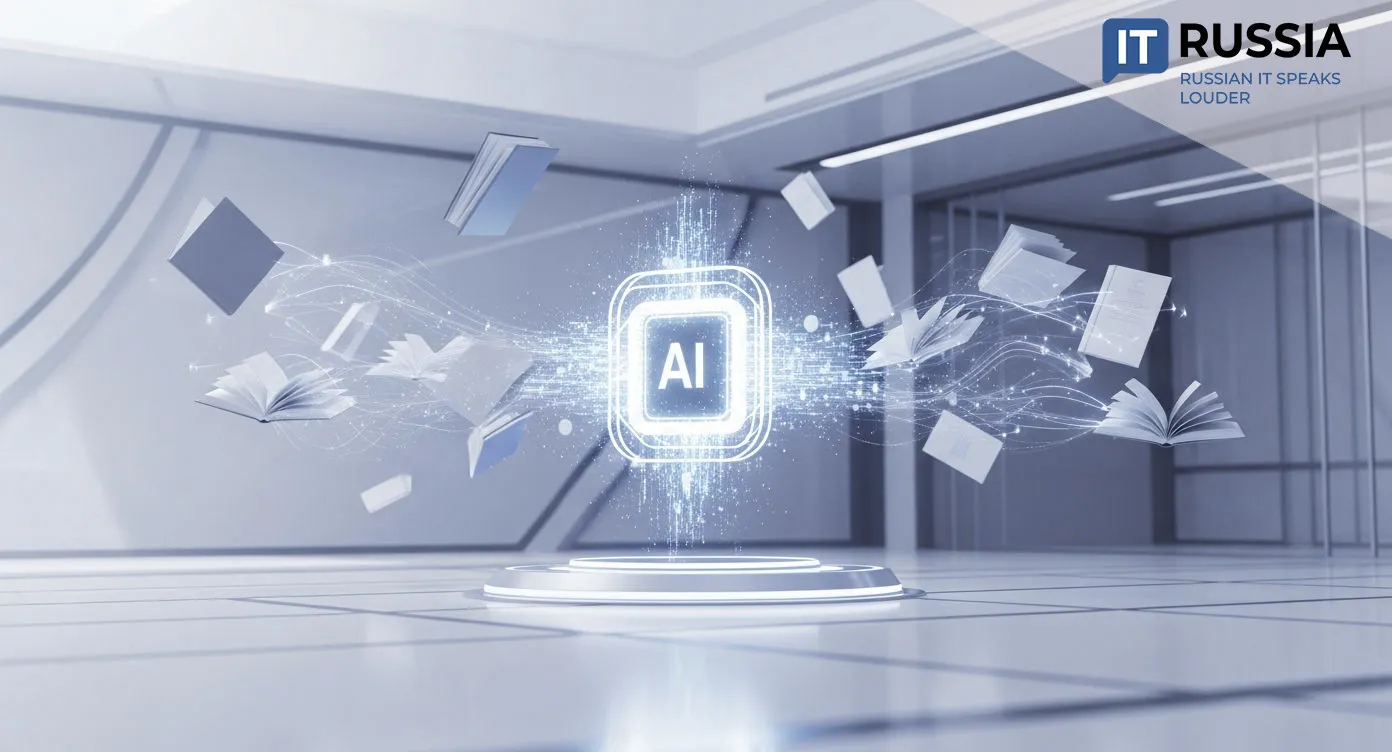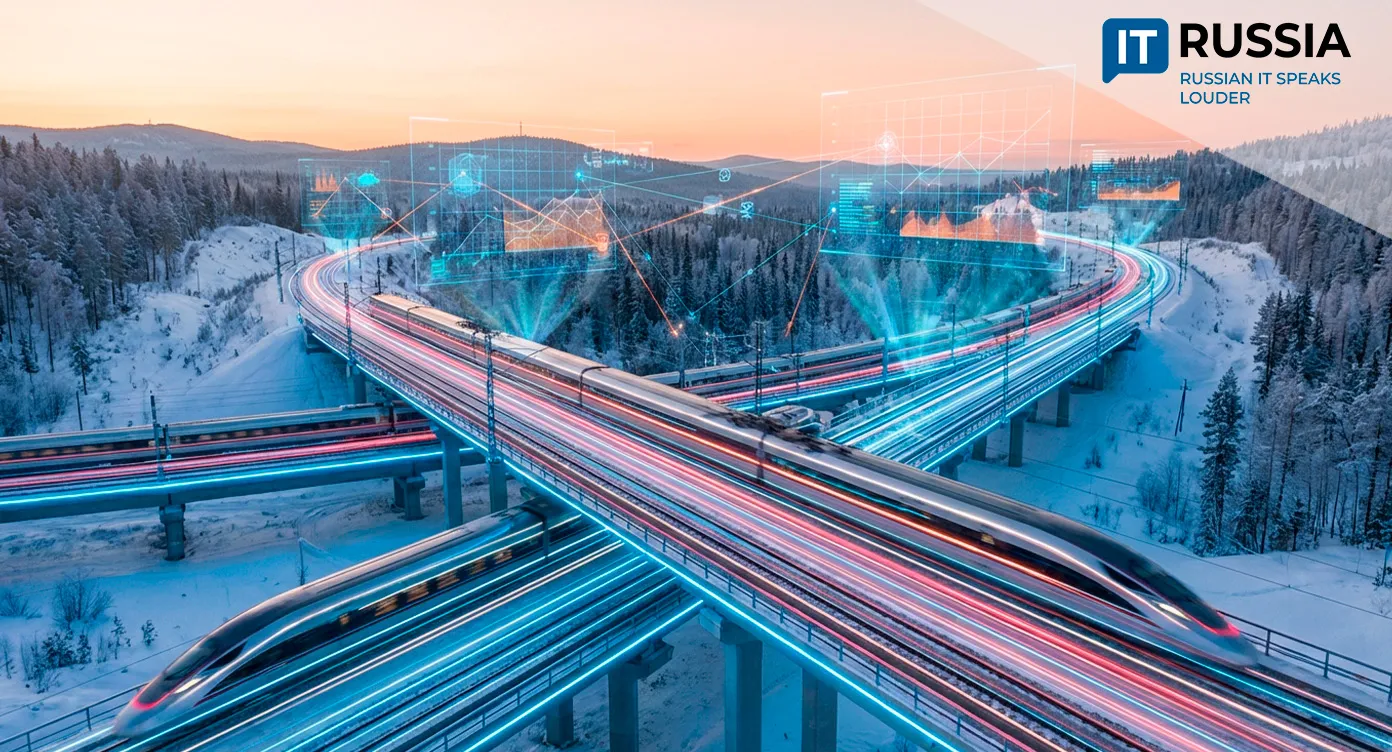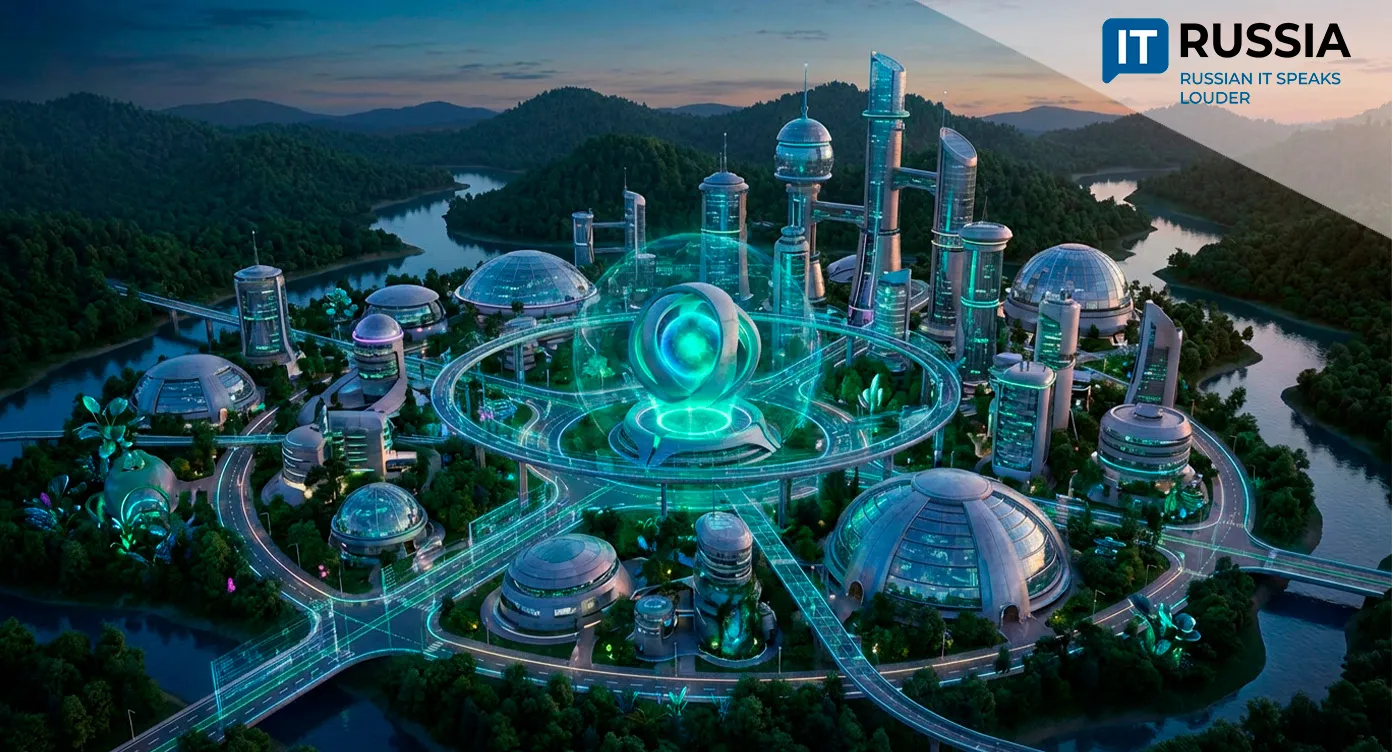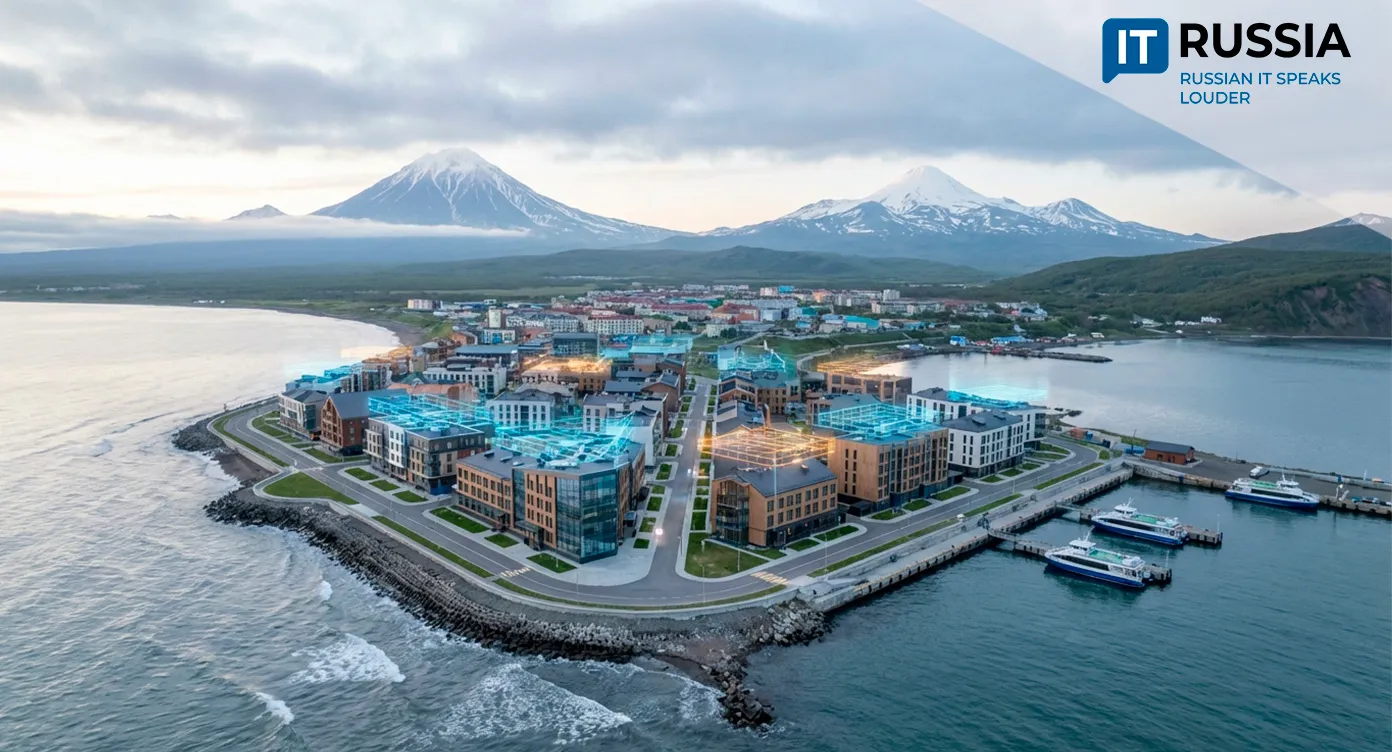Drill Core in Ones and Zeros
Oil and gas exploration has always been one of the most expensive parts of resource extraction. Drilling exploratory wells comes with massive costs—up to 40% of those wells end up “dry.” Now, AI combined with VR is transforming the field, sharply reducing risks and costs.
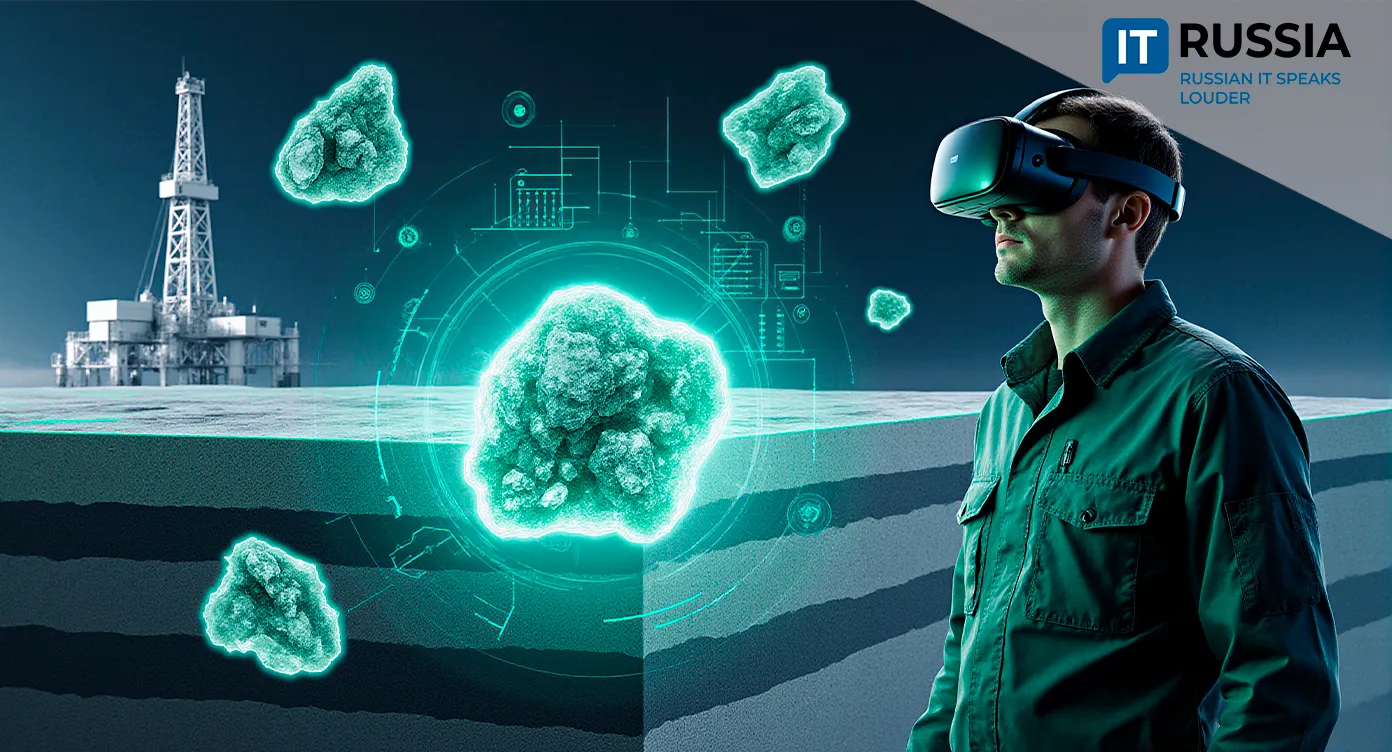
Background
Until recently, the decision to drill was based on core samples and seismic surveys. But as practice showed, neither method provided a complete picture.
In effect, geologists were working like detectives piecing together a story from scattered clues, and the results were often unreliable. That uncertainty forced companies to build huge contingencies into their budgets.
Even the most trusted method—analyzing extracted core samples—only gave fragmented data. To build a meaningful map of underground structures, companies had to drill over vast areas in multiple directions, essentially blind. The cost of a single exploratory shaft in remote areas can reach 0.5 billion rubles (about $6 million).

IT to the rescue
What the industry needed was a fundamentally new approach. The answer came from IT, where AI and VR meet.
AI ensures high-quality processing and analysis of all available data. VR, in turn, transforms these algorithms into visual 3D objects, allowing geologists to literally “walk” through underground formations.
Today, vast amounts of data from drilling—satellite imagery, seismic profiles, well logging—already exist in digital form. AI is trained not only on standard algorithms but also on recognizing hidden patterns. It can continuously cross-check new data against historical archives, and its scope isn’t limited to geography. By identifying anomalies and comparing them to data from other regions, AI achieves about 80% predictive accuracy.
Still, much of the most valuable geological knowledge remains locked in paper archives from the Soviet era—maps, reports, and field notes collected by pioneering geologists with little more than picks and reagents in their backpacks. Digitizing these materials would give the industry and the nation a major edge, providing the raw material for training AI systems that can later be packaged into user-friendly software for specialists.
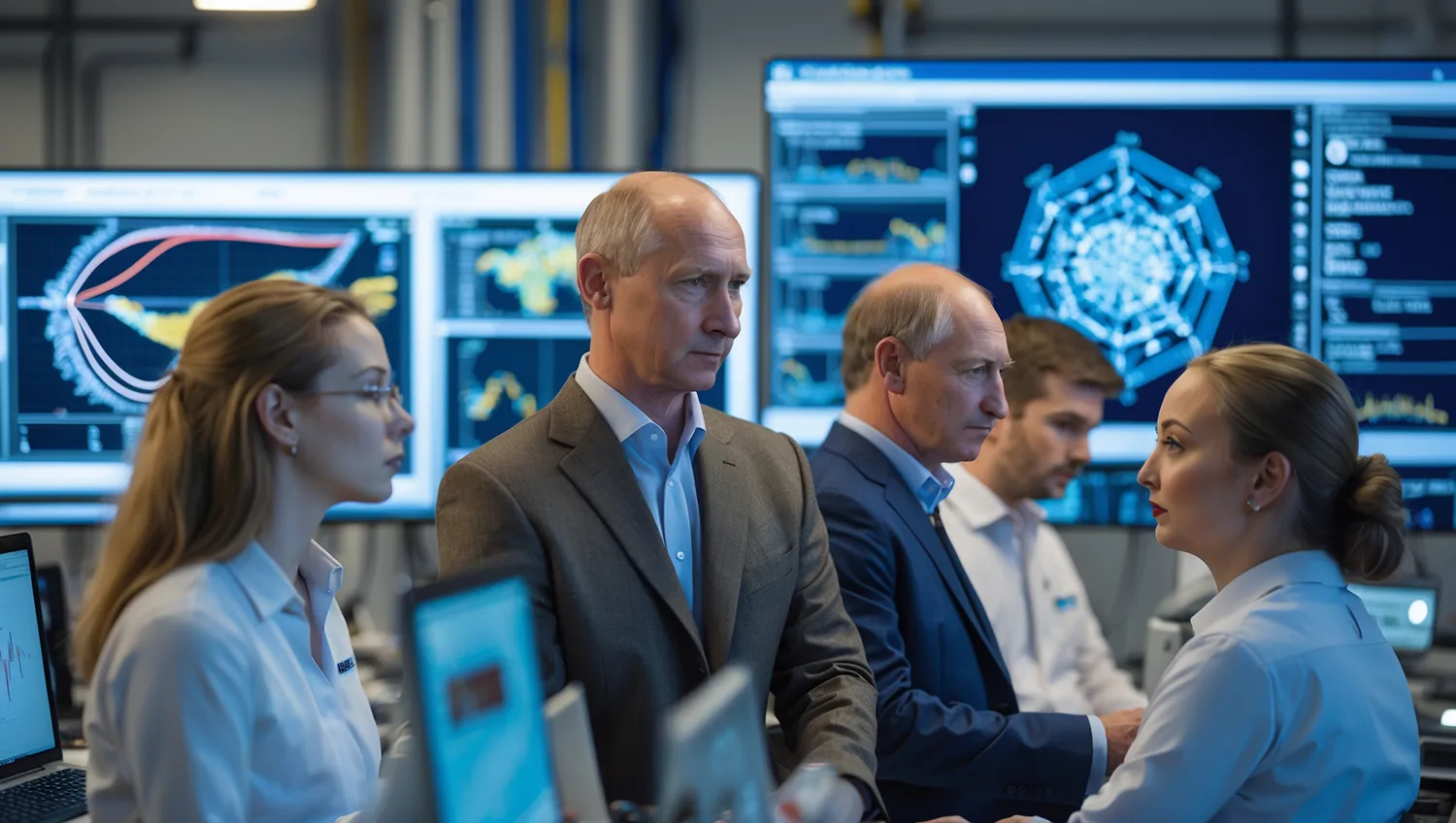
Walking through the core
For geologists, flat screen displays proved insufficient for the depth of analysis required. VR headsets changed the game. Now, researchers can perform comprehensive 3D analysis without damaging the sample. A core can be “cut” virtually at any point, instantly revealing internal structures.
These advances affect not only business models but also workforce requirements. Specialists must now combine geological expertise with skills in statistics, data analysis, and 3D modeling. This shift is driving retraining programs for existing professionals and reshaping university curricula for future geologists.
The key question is no longer whether these technologies will be used—they are becoming indispensable. Companies that cling to outdated methods risk losing all competitiveness.
Moreover, these innovations mark a step toward creating full-fledged digital twins of oil and gas fields. Such twins will enable not only more efficient exploration but also simulation of the entire production process.
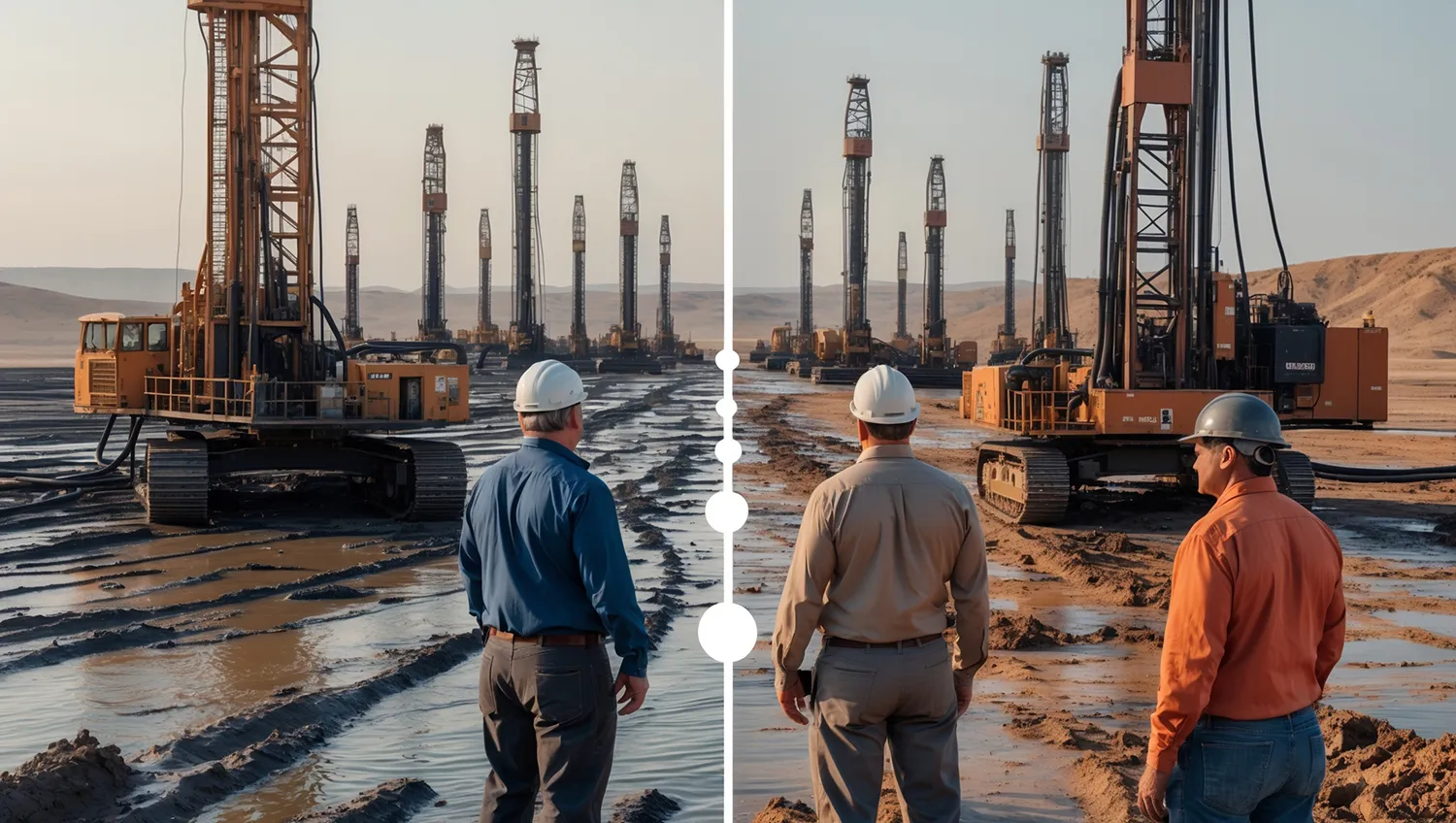
Field-tested
In 2024, Russia allocated over 450 billion rubles (about $5.4 billion) to geological exploration, Deputy Prime Minister Dmitry Patrushev announced at a Rosnedra board meeting. According to him, the state is building conditions for private investment in exploration, which in turn is boosting funding for subsurface studies.
Expanding technological capacity is a cornerstone of Rosneft’s strategy through 2030, with strong emphasis on innovation and cutting-edge science.
Gazprom Neft has already gone further, moving geological research into a digital environment. In early 2025, the company launched Russia’s first robotic geoscience center, Geosphere. The center houses the country’s first robotic core storage facility and is pioneering the creation of digital twins of rock formations.




